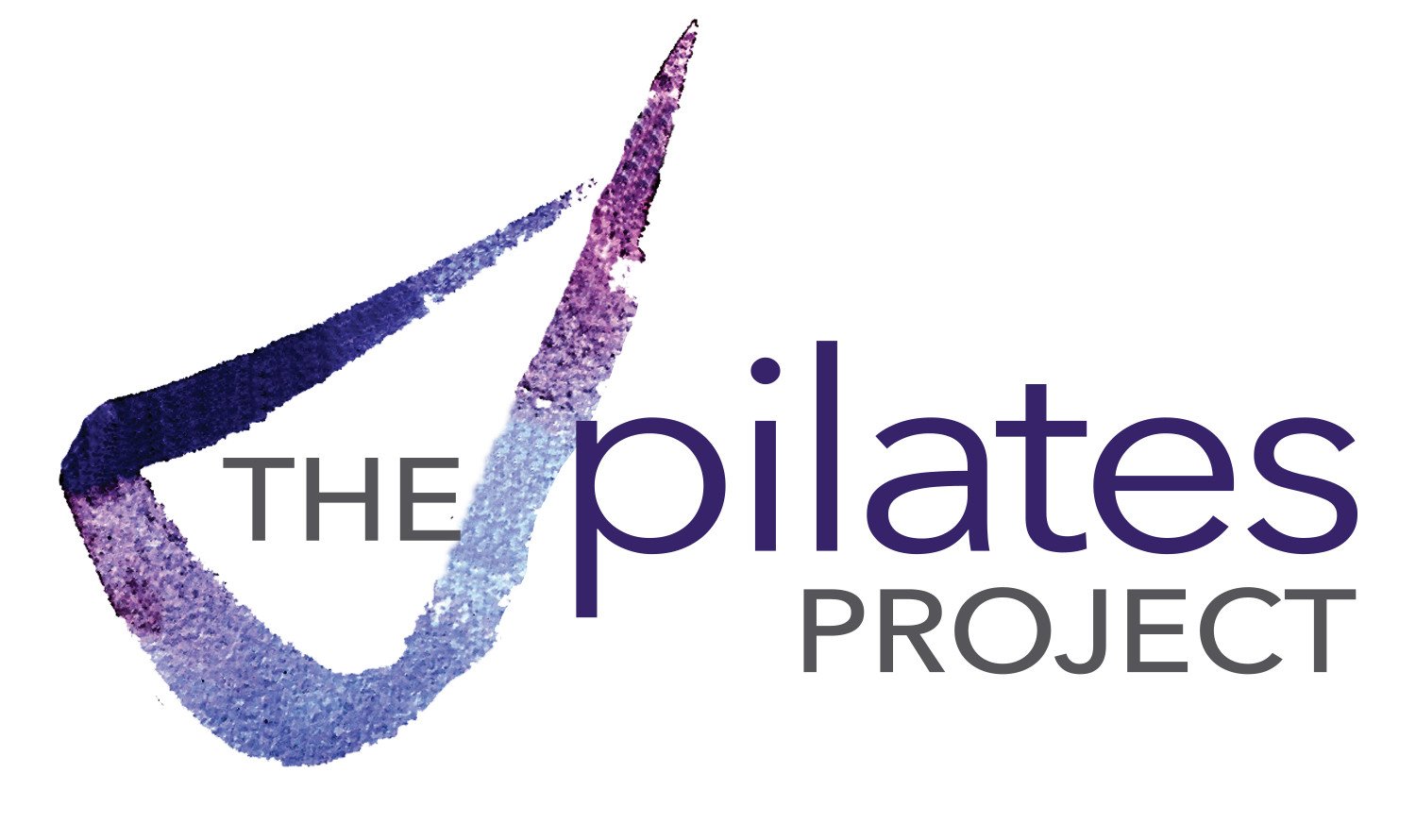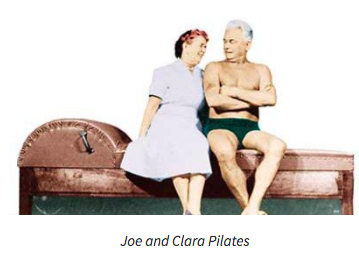Joe Pilates : The Original Fitness Influencer
Ever wonder how Pilates became so popular? Far from a modern fad, Pilates dates back to the 19th century. It all started with a quirky fitness enthusiast named Joseph Pilates. Pilates was born in Mönchengladbach, Germany in 1883. From a young age, he had always had a passion for health and wellness. Born into a unique family, his father was a renowned gymnast and his mother was a naturopath who practiced holistic medicine.
Joe’s childhood was plagued by many illnesses, including asthma, rickets, and rheumatic fever. Not to mention, Joe was bullied in school for the sound of his name. Perhaps the struggles he faced throughout adolescence motivated him to direct all of his energy towards fitness. As a young teen, he became relentlessly determined to improve his health through exercise. He was able to cure his rickets by exercising outdoors in minimal clothing, which enabled his body to synthesize more vitamin D. He also practiced breathing techniques to help with his asthma. By his late teens, his health had drastically improved. He studied boxing, gymnastics, yoga, martial arts, and strength-training, all of which influenced the creation of his Pilates method. For example, many exercises on the Wunda chair were inspired by gymnastic ring training.
During Joe’s early adulthood, he moved to England and became a self-defense trainer at Scotland Yard. When World War I hit, Joe, along with other German men of military age, were labeled “enemy aliens” and forced into internment camps. It was during Joe’s time in interment where he discovered a love for training others and improving their health through exercise. Joe wanted to raise the morale and overall health of the depressing camp by leading group exercises. Eager to include bedridden internees in his training, he designed a method for them so that they could exercise from their beds. He took the springs from under the beds and attached them to the head and foot of the beds, which enabled the patients to perform resistance exercise. This make-shift exercise equipment would inspire the designs of the modern-day Cadillac and reformer machines.
Among the internees were many fellow boxers, which led Joe to also hone in on his boxing skills. Joe fought in boxing matches and even refereed for some matches, which spread his popularity and legend as a fitness expert. In 1919, Joe was released from internment and sent back to Germany, but his boxing career was far from over. He decided to open a boxing gym in the town of Gelsenkirchen, where he both trained boxers and fought in matches himself. A match between Joe and Fritz Dubois, a German Middleweight Champion, was famously featured in the Box-Sport newspaper. An avid watcher of professional boxing matches, Joe came across paths with the American boxing journalist Nat Fleischer in Hamburg. Fleischer had been sent to Germany to scout potential opponents for the American heavyweight champion Jack Dempsey. Joe suggested Fleischer check out the young boxer Max Schmeling. Fleischer jumped on the recommendation, and sent Schmeling off to America to continue his boxing career. In 1922, Joe closed down his boxing gym, and took on self-defence training jobs for policemen. Joe was eventually offered a fitness instructor job for the German army, but he declined out of disapproval for the social and political climate of Germany.
In 1926, Joe decided to leave Germany for the U.S. During the journey, Joe met Clara Zeuner, whom he married and opened a gym studio in New York City with. The exercise method that Joe trained his clients in would not be called Pilates until after his death. In fact, during his time, Joe referred to his training as “Contrology”. The main focuses of Contrology were breathing, posture, and correcting injuries. Joe and his training became praised and respected within the dance community. Dancers were particularly drawn to Joe’s training, because it helped them perfect their technique and heal injuries quickly. Furthermore, Joe’s studio was shared with the New York City Ballet, thus, he had many dancers and ballerinas as clients. Martha Graham, the inventor of the modern dance Graham technique, praised Joe’s training and sent her dance students to his classes. Joe’s students playfully referred to him as “Uncle Joe.”
Joe continued teaching Pilates until his passing in 1967, at the age of 83. He had a loyal following of students who carried on his legacy and began teaching Pilates themselves. These Pilates pioneers came to be referred to as “The Elders.” In 1970, Romana Kryzanowska, a student of Joe and Clara since the early 1940s, became the director of Joe’s studio. Romana was hoping to heal an ankle injury when he first met Joe, and became hooked to his training. Similarly, Ron Fletcher, a dance student of Martha Graham, visited Joe’s studio in hopes of healing chronic knee and ankle injuries. Decades later in 1975, he opened a Beverly Hills studio, which drew a lot of attraction from the entertainment industry. By the late 1980s, Pilates gained a great deal of media coverage, and the Pilates following grew to include everyday folk. Today, Pilates continues to be widely practiced in the dance community. Further, Pilates is taught in studios, gyms, and schools across the globe. Joe Pilates was a hero who committed his life to improving the health and wellness of those around him. Forget instagram influencers, Joe Pilates was the original fitness guru!
Sources:https://youtu.be/vWkxhtfw0A8https://pilatesbiography.wordpress.com/2015/07/14/joe-pilates-and-boxing/#:~:text=When%20Joseph%20Pilates%20moved%20to,meant%3A%20boxing%20and%20jiu%20jitsu.https://www.pilates.com/pilates/origins/https://www.josephpilates.com/joomla/history-of-joseph-pilatesa-little-about-the-man-behind-it-all.html

